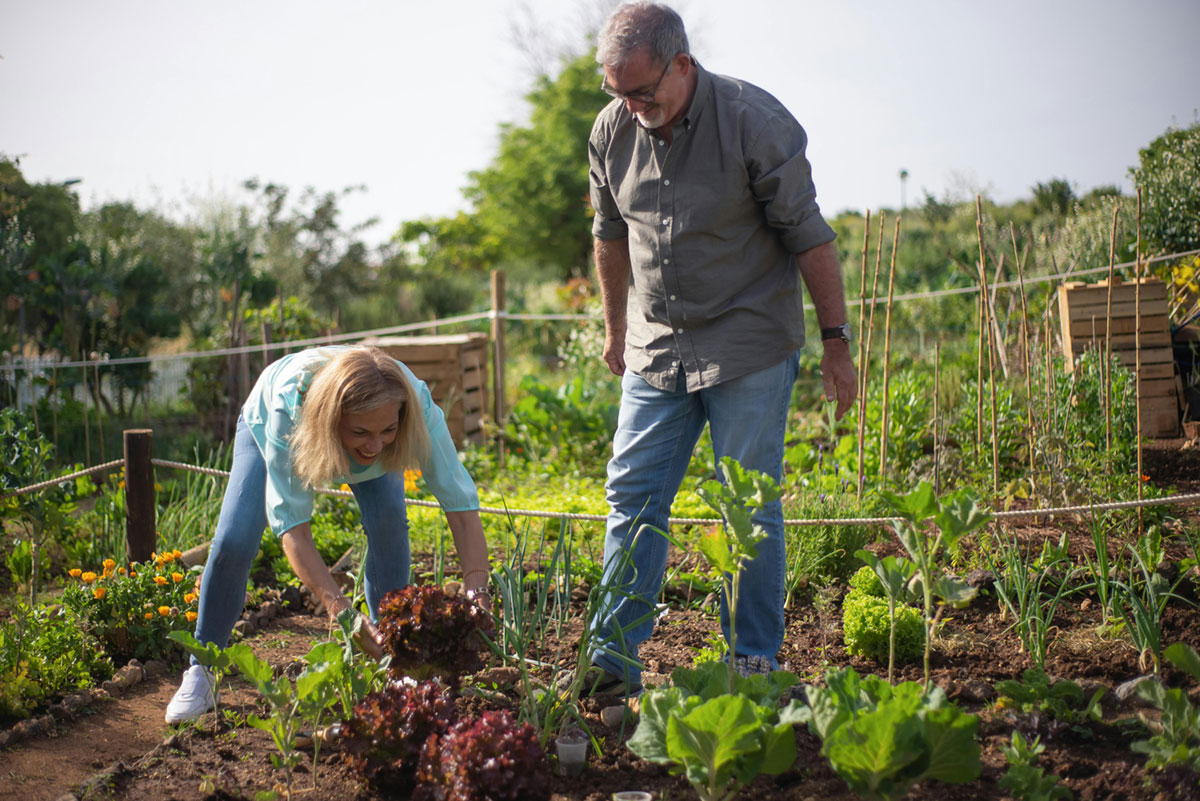Starting a home garden is an exciting journey, especially when you’re passionate about growing your own plants, vegetables, or flowers. However, one of the most common challenges new gardeners face is finding the right balance between overwatering and underwatering. Both can be detrimental to your plants, but with the right knowledge and a few practical tips, you can ensure your garden thrives.
Understanding Your Plants’ Watering Needs
The first step in preventing overwatering or underwatering is understanding the specific watering needs of the plants in your garden. Different plants require different amounts of water, and factors such as soil type, climate, and plant maturity can influence how much water your garden needs.
- Know Your Plants: Some plants, like succulents and cacti, are drought-tolerant and prefer less frequent watering. On the other hand, leafy vegetables and moisture-loving flowers may require more consistent watering. Research each plant species you’re growing to understand their unique requirements.
- Check the Soil: The type of soil in your garden significantly affects how water is retained and absorbed. Sandy soil drains quickly and may require more frequent watering, while clay soil retains moisture longer, necessitating less frequent watering. Loamy soil, which is a mix of sand, silt, and clay, is ideal for most plants as it retains moisture well but still allows for proper drainage.
Practical Tips for Avoiding Overwatering
Overwatering is a common mistake, especially for enthusiastic beginners who want to ensure their plants are well cared for. However, too much water can drown your plants, suffocate their roots, and lead to issues like root rot.
- Use Well-Draining Soil: To avoid waterlogging, ensure that your garden has well-draining soil. If your soil tends to hold too much moisture, consider adding organic matter like compost or sand to improve its drainage capabilities.
- Water in the Morning: Watering your garden in the morning allows plants to absorb moisture before the heat of the day, which can reduce evaporation. This practice also ensures that any excess water evaporates throughout the day, reducing the risk of fungal diseases.
- Water Deeply, Less Frequently: Instead of watering lightly every day, aim to water deeply once or twice a week. Deep watering encourages roots to grow deeper into the soil, making plants more resilient to drought. It also helps prevent surface roots from developing, which can dry out quickly.
- Avoid Watering the Leaves: When watering, focus on the base of the plant rather than the leaves. Wet leaves can attract pests and promote fungal diseases. Using a soaker hose or drip irrigation system can help deliver water directly to the roots where it’s needed most.
Practical Tips for Avoiding Underwatering
Underwatering can stress plants, causing them to wilt, produce fewer flowers or fruits, or even die. Ensuring your plants get enough water is crucial, especially during hot, dry periods.
- Mulch Your Garden Beds: Mulching is an excellent way to retain moisture in the soil. Organic mulches like straw, wood chips, or compost help insulate the soil, reduce evaporation, and keep the roots cool. This means your plants will require less frequent watering, and the risk of underwatering is minimized.
- Use a Moisture Meter: If you’re unsure whether your plants need water, a moisture meter can be a valuable tool. This 4-in-1 Soil Moisture Meter Digital PH Meter can help you decide whether to water or not. Insert the meter into the soil near your plants’ roots, and it will give you a reading of the soil’s moisture level. This can help you decide whether it’s time to water or if you can hold off for another day.
- Keep an Eye on the Weather: Adjust your watering schedule based on the weather conditions. During periods of heavy rain, reduce watering to avoid overwatering. Conversely, during hot and dry spells, you may need to water more frequently to ensure your plants don’t dry out.
- Observe Your Plants: Regularly check your plants for signs of stress, such as wilting, yellowing leaves, or slow growth. These symptoms can indicate underwatering. If you notice these signs, check the soil moisture and adjust your watering routine as needed.
Conclusion
Finding the right balance between overwatering and underwatering is key to maintaining a healthy and thriving garden. By understanding your plants’ specific needs, using the right soil, and applying practical watering techniques, you can avoid common pitfalls and ensure your garden flourishes.
Remember, gardening is as much an art as it is a science. With experience, you’ll develop a feel for what your garden needs, and watering will become second nature. Stay observant, be patient, and enjoy the rewarding experience of nurturing your home garden.


